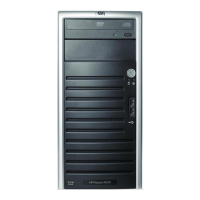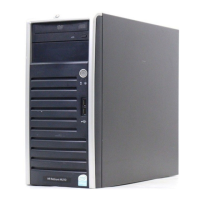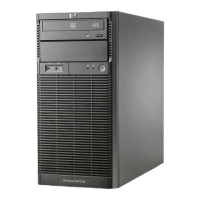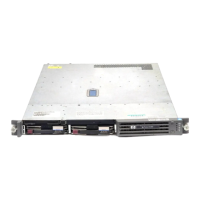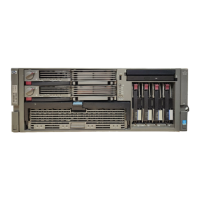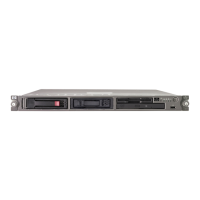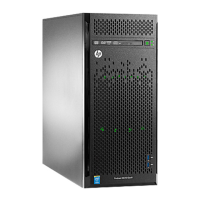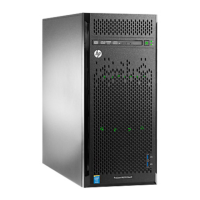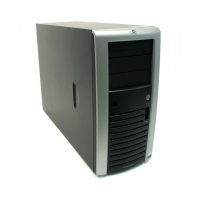22
6. Remove the processor:
a. Disengage the load lever.
b. Lift the retention plate to expose the socket body.
c. Grasp the processor by its edges and lift it out of the socket.
Figure -22 [Removing the processor]
7. Place the processor on a static-dissipating work surface or in an anti-static bag.
To allow the heatsink to draw as much heat as possible from the processor base, there must be good
contact between the heatsink base and the top of the processor. To ensure good contact, you must apply
thermal grease compound.
8. Apply the thermal grease compound:
a. Use a clean cloth dipped in rubbing alcohol to clean the contact surface on the HSF and on the new
processor. Wipe the contact surfaces several times to make sure they are free of particles or dust
contaminants.
CAUTION: Never touch the bottom size of the processor; any contaminant could prevent the
processor contact pads from making contact with the socket.
b. Apply the thermal grease compound to both contact surfaces.
c. Use a proper tool to spread the grease throughout the entire contact surface and lightly scrape off any
excess grease.
CAUTION: Applying too much grease creates a gap between the contact surfaces, significantly
reducing the ability of the heatsink to draw out heat. Installing the heatsink with excessive grease can
also cause the grease to spread over the processor pins or the system board base, which can cause
electrical shorts that damage the system.
9. Install the new processor:
a. With the load lever and the retention plate disengaged, hold the processor by its edges and align it
over the empty processor socket. Make sure that you properly align the processor with the orientation
notch on the socket.
b. Insert the processor into the socket.
c. Engage the retention plate and the load lever.

